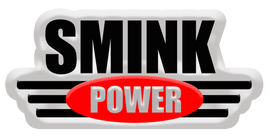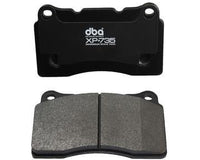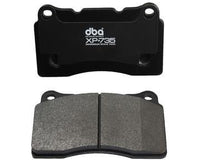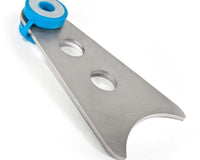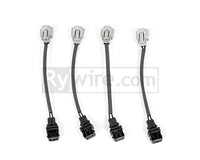Sminkpower is one of the sponsors of tractorpullingteam No Mercy. This fully modified puller, started it's live as a Suzuki Carry Van.
How difficult is this sport actually?
What is Tractor Pulling and How Does it Work?
Tractor pulling is a thrilling motorsport that tests the limits of raw power and mechanical engineering. In this sport, competitors use modified tractors to pull a heavy sled along a dirt track. The goal is to pull the sled as far as possible, known as a "full pull," within a specified distance.
One of the key components in a successful tractor pulling machine is the engine. Many competitors rely on the Chevrolet Big Block 8.2 Ltr engine, renowned for its immense power and durability. This engine is specifically designed for high-performance applications, making it the perfect choice for tractor pulling.
Unleashing the Power: Methanol, Horsepower, and Torque
Tractor pulling engines, including the Chevrolet Big Block, are typically fueled by methanol. Methanol is a high-octane alcohol fuel that provides excellent combustion properties, allowing the engine to generate maximum power. With the right tuning and modifications, these engines can produce mind-boggling horsepower and torque figures.
Speaking of horsepower, tractor pulling machines are known to generate jaw-dropping numbers. Some tractors can produce over 10,000 horsepower, which is more than ten times the power of a Formula 1 car! This immense power is necessary to overcome the resistance of the sled and the traction of the track.
The Role of the Centrifugal Clutch and the 14/71 Roots Blower
Tractor pulling machines rely on a centrifugal clutch to transfer power from the engine to the wheels. This type of clutch engages at high RPM, allowing the engine to reach its peak power before transferring it to the wheels. This ensures maximum acceleration and pulling force.
Another crucial component in a tractor pulling engine is the 14/71 Roots blower. This supercharger compresses the incoming air, delivering a massive amount of oxygen to the engine. The increased oxygen allows for better combustion, resulting in more power and torque.
Mastering the Track: Steering by Braking and Tire Profile
Controlling a tractor pulling machine requires skill and precision. One technique used by experienced pullers is steering by braking. By selectively applying the brakes on one side of the tractor, the driver can manipulate the machine's trajectory and keep it on the desired path.
The choice of tires also plays a crucial role in tractor pulling. Pullers often opt for specially designed "puller" tires, such as the Dick Cepek Puller. These tires feature a unique profile that maximizes traction and minimizes slippage, allowing the machine to transfer power to the ground more effectively.
The Science of Strength: Aluminum Connecting Rods and Blown Engines
Tractor pulling engines endure extreme forces and loads, requiring components that can withstand the punishment. Many pullers choose to equip their engines with aluminum connecting rods. These rods are lightweight yet incredibly strong, ensuring the engine's internals can handle the immense power and RPM.
Some tractor pulling engines also utilize "blown" configurations, featuring superchargers or turbochargers. These forced induction systems cram more air into the engine, resulting in increased power output. Blown engines are a testament to the ingenuity and engineering prowess of tractor pulling enthusiasts.
Conclusion
Tractor pulling is a captivating motorsport that showcases the incredible power and engineering behind these modified machines. From the Chevrolet Big Block engine to the centrifugal clutch and the specialized tires, every component plays a vital role in achieving a successful pull. The science and technology behind tractor pulling continue to evolve, pushing the boundaries of what's possible in terms of power, performance, and sheer excitement.

